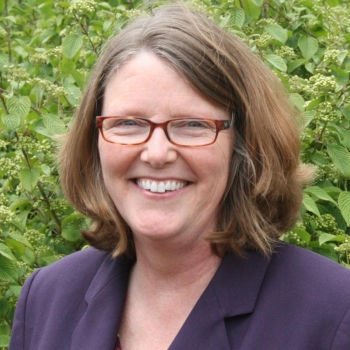Laura Porter watched as ACE data put an end to arguments. When she worked as a liaison between Washington state elected officials and community groups, she listened to endless squabbles about which problem—youth violence, substance abuse, child maltreatment—was most important and what type of intervention most urgent and effective.
ACE research demonstrated that all these concerns shared a common root. “When people learn about ACEs, they change their thinking,” Laura says. “They stop fighting. They start learning together.”
Laura is Co-Founder of ACE Interface, a company that develops and provides ACE-informed educational products, consultation and strategies for improving health and well-being. She has spent more than a decade leading implementation of ACE study concepts in Washington, providing support and services to philanthropic leaders, government officials, parents, youth and communities. She also supports leaders in over 20 states as they work to build self-healing communities.
“I have a unique point of view on the journey communities go through as they begin to use the science to make changes,” she says. “While communities [in Washington] move at different paces, they’ve all made some changes in the population rates of ACE-attributable problems.”
Laura’s favorite quote about the impact of such change came from the mental health manager in the family services department of the Tulalip Tribes who said that when her staff received training about ACEs, the non-tribal people became kinder. “That’s what it’s about—the whole culture of inequity and violence is at the heart of the problem.”
Laura also serves as Senior Director of The Learning Institute at The Foundation for Healthy Generations, a Seattle-based non-profit. There, she works with local and state leaders to embed neuroscience, epigenetics, ACE and resilience research into policy and practice.
Laura is eager to learn from MARC collaborators and communities: how to help residents become equal partners with professionals in creating systems change; how to respond in communities with extremely high ACE prevalence and in those with lower rates of ACEs. And she is excited to be at the table for a collaborative, unfolding conversation. “Communities are inventing this as we speak; it’s like standing on the leading edge of a whole new era.”
